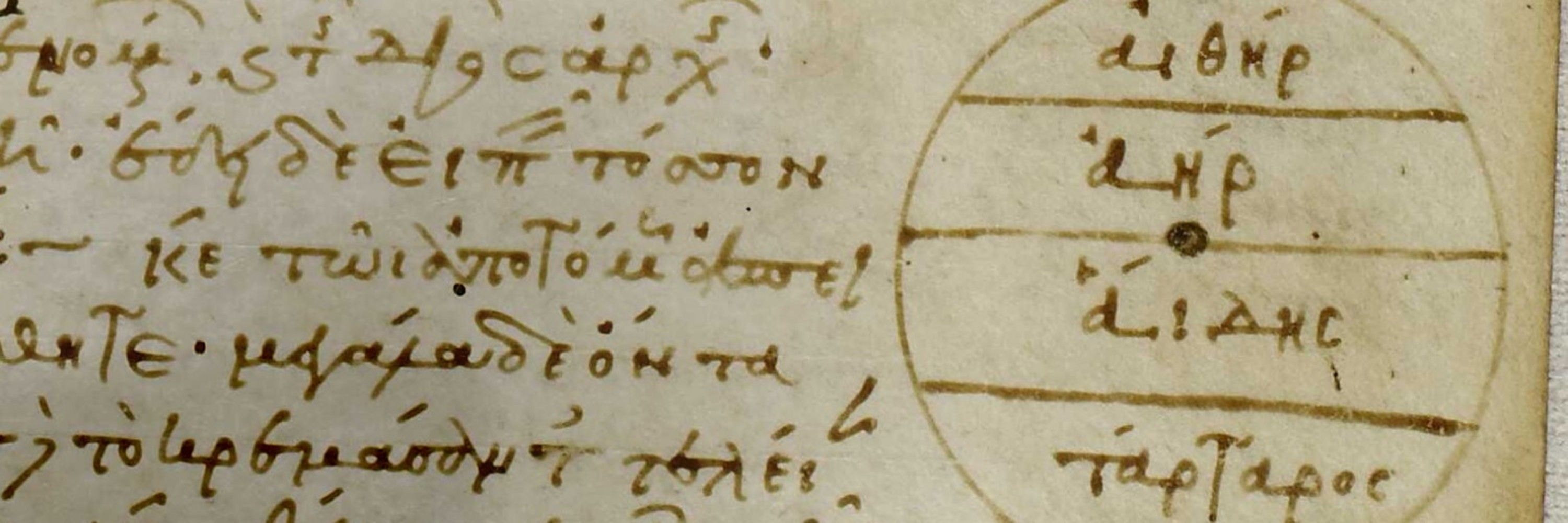




Kia pai te Matariki!

Kia pai te Matariki!

The biggest shift came in 1980: Carl Sagan's largely fictitious account in 'Cosmos'. But the subsequent history is intriguing too.
A superb article on the library's pre-1980 reputation: www.jstor.org/stable/2709356




The biggest shift came in 1980: Carl Sagan's largely fictitious account in 'Cosmos'. But the subsequent history is intriguing too.
A superb article on the library's pre-1980 reputation: www.jstor.org/stable/2709356
'Marvin' ascertained that the quotation doesn't appear in Fischart. Why E. H.-K. thought it was there is anyone's guess.

'Marvin' ascertained that the quotation doesn't appear in Fischart. Why E. H.-K. thought it was there is anyone's guess.
As 'Marvin' pointed out to me a few years ago, this quotation actually comes from Christian Levin Sanders' "Gargantua und Pantagruel", vol. 3 (1787).
The bunny's earliest appearance is actually from Georg Franck von Franckenau in 1682.

As 'Marvin' pointed out to me a few years ago, this quotation actually comes from Christian Levin Sanders' "Gargantua und Pantagruel", vol. 3 (1787).
The bunny's earliest appearance is actually from Georg Franck von Franckenau in 1682.
This won't be obvious to people who can't hear the difference between Italian and Latin, and the subtitles don't indicate it.

This won't be obvious to people who can't hear the difference between Italian and Latin, and the subtitles don't indicate it.

Nast's cartoons, designed to reflect Northern optimisim in the Civil War, created Santa's workshop; his list of children's behaviour; and a postal address at the North Pole. 15/

Nast's cartoons, designed to reflect Northern optimisim in the Civil War, created Santa's workshop; his list of children's behaviour; and a postal address at the North Pole. 15/


In 1823, most of the rest of Santa's apparatus appeared, thanks to the anonymous poem 'A visit from St Nicholas'. This poem adds the _eight_ named reindeer, the jolly laugh, the big belly, and the motif of flying. 9/

In 1823, most of the rest of Santa's apparatus appeared, thanks to the anonymous poem 'A visit from St Nicholas'. This poem adds the _eight_ named reindeer, the jolly laugh, the big belly, and the motif of flying. 9/
In 1821 'Santeclaus' first appears in a fur suit and a sleigh pulled by one reindeer -- no longer a bishop in a horse-drawn wagon. 8/

In 1821 'Santeclaus' first appears in a fur suit and a sleigh pulled by one reindeer -- no longer a bishop in a horse-drawn wagon. 8/
The modern elements were mostly invented in 1820s New York:
- the sleigh
- the reindeer
- flying in the air
- the fur suit
- the big wobbly belly
- coming at Christmas instead of 6 December. 7/

The modern elements were mostly invented in 1820s New York:
- the sleigh
- the reindeer
- flying in the air
- the fur suit
- the big wobbly belly
- coming at Christmas instead of 6 December. 7/

Dutch influence was strong there: St Nicholas was the patron saint of both Amsterdam and NYC. Washington Irving's satirical A History of New York (1809-1812) highlights... 5/

Dutch influence was strong there: St Nicholas was the patron saint of both Amsterdam and NYC. Washington Irving's satirical A History of New York (1809-1812) highlights... 5/
Dutch colonists brought this tradition to the eastern USA. Christmas, and a Catholic saint, didn't go down well in Puritan New England. But Christmas celebrations in 1700s Virginia and North Carolina could be impressive. 4/

Dutch colonists brought this tradition to the eastern USA. Christmas, and a Catholic saint, didn't go down well in Puritan New England. But Christmas celebrations in 1700s Virginia and North Carolina could be impressive. 4/

St Nicholas was a Christian bishop who lived in Anatolia in the 200s-300s. Historically he's best known for his involvement in the Council of Nicaea in 325, and for an incident there where he punched the heretic Arius in the face. 1/

St Nicholas was a Christian bishop who lived in Anatolia in the 200s-300s. Historically he's best known for his involvement in the Council of Nicaea in 325, and for an incident there where he punched the heretic Arius in the face. 1/




